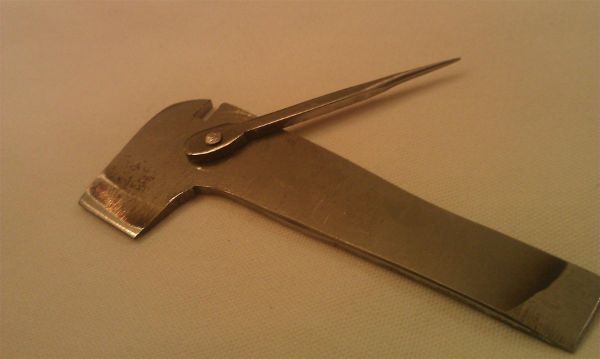What are your thoughts on this flintlock multitool by Larry Callahan? Supposedly it is based off a period original found in a shooting bag from then Appalachias. It can be found midway down this page:
http://www.bagmolds.com/UNZIPPED/htdocs/1.shtml

Has two screwdriver ends, a vent pick, and a nock for flint knapping. Looks real handy and if period would be neat to have. Anyone use one of these or have any thoughts on them?
http://www.bagmolds.com/UNZIPPED/htdocs/1.shtml

Has two screwdriver ends, a vent pick, and a nock for flint knapping. Looks real handy and if period would be neat to have. Anyone use one of these or have any thoughts on them?
Last edited by a moderator:




